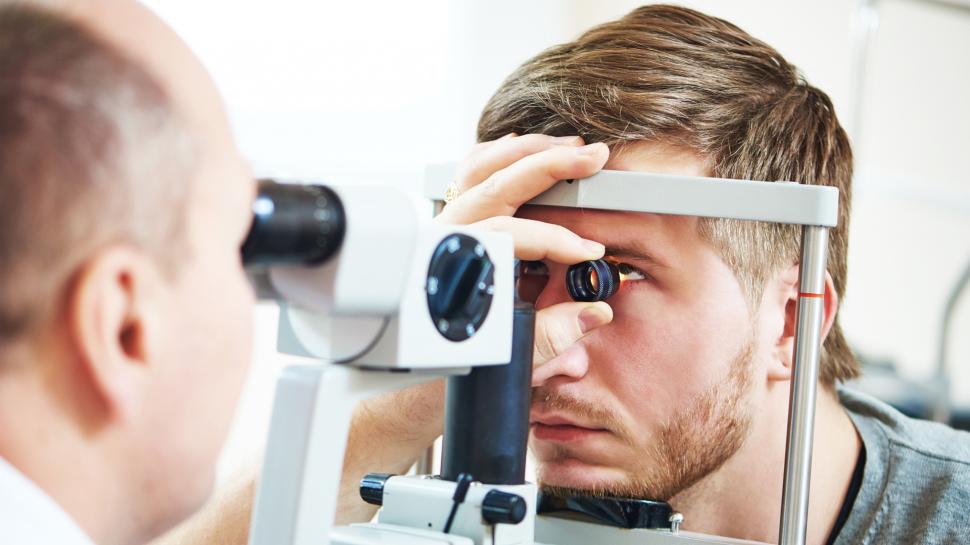Vision impairment can impact job development and increase the risk of anxiety and depression.
According to the World Health Organization (WHO), at least 2.2 billion people in the world suffer from visual impairment, although – at least – in 1 billion people, this visual impairment is avoidable or has not yet been addressed. Therefore, the Argentine Council of Ophthalmology (CAO), in collaboration with the International Agency for the Prevention of Blindness (IAPB), emphasizes the importance of annual ophthalmological consultations, or as often as necessary, to prevent or treat diseases that may cause ophthalmic diseases. Causes loss of vision.
“Across life, from newborn to old age, annual eye exams can help promptly prevent, detect and treat eye diseases that can lead to vision loss and severely impact quality of life.” Adriana TittingCAO member.
“Sight is something we take for granted, but without it we struggle to learn, walk, read, participate in school, work and connect with our surroundings. If we live long enough, we all have the ability to Throughout your life, you will experience at least one eye condition that requires proper care. ” Nicholas Garcesalso a member of the Board of Governors.
result
Vision impairment can significantly impact an adult’s life, reducing employment opportunities and increasing rates of depression and anxiety. In addition, it imposes a huge economic burden, estimated at $411 billion annually worldwide in terms of lost productivity alone. For older adults, it can lead to loss of autonomy, social isolation, difficulty walking, an increased risk of falls and fractures, and an increased chance of early admission to a nursing home.
“Conditions such as conjunctivitis and dry eye, although less serious and temporary, are more common reasons for medical visits. It’s understandable that patients come in because they have symptoms, but it’s important to develop a culture of not having symptoms The act of visiting an ophthalmologist preventatively in case of certain conditions to avoid developing other diseases or to detect them early before they cause irreversible damage. Vision control and glasses are both medical acts used during routine examinations to check the entire vision system to detect possible existing and potential eye diseases in a timely manner. If you buy glasses on the street, in an optical shop or pharmacy without an adequate eye examination, you lose the possibility of detecting vision lesions that may not be curable Sex,” the doctor warned. Javier Casiraghi.
social situation
The prevalence of visual impairment is almost four times higher among low-income people living far from urban centers. The Pan American Health Organization (PAHO) believes that reversing this situation requires increasing access to eye care services by strengthening public services in the poorest areas of each country.
“It is impossible to ignore what our country is going through, particularly in the health sector, but it is also necessary that we understand the human and economic costs of ignoring these conditions and act accordingly, as this is more significant than the health sector,” the committee said in a report. The cost of rehabilitation is higher than the cost of education, prevention, detection and treatment of eye disease.
main reason
Globally, the leading causes of distance vision impairment or blindness are cataracts (94 million), refractive errors (88.4 million), age-related macular degeneration (8 million), glaucoma (7.7 million) and diabetic retinopathy (3.9 million). The leading cause of near vision impairment is presbyopia (826 million).
Diabetic retinopathy is caused by persistently high blood sugar, which slowly but progressively damages small blood vessels in different parts of the body, including the retina and/or macula (the two inner areas of the eye). About one in 10 Argentines has diabetes, and 90% of people with type 1 diabetes and 60% of people with type 2 diabetes will develop some form of retinopathy after 20 years. Try to maintain optimal control of the disease.
glaucoma
Glaucoma is the world’s leading cause of irreversible blindness, but it is preventable. It is estimated to affect one million people in Argentina, half of whom do not know it. Anyone can develop this disease, but it is more common in people over 40 years of age, people with a direct family member who has glaucoma, people with diabetes, nearsightedness or farsightedness, people who have suffered eye trauma, or who use or have used corticosteroids More common.
What retinopathy and glaucoma have in common is that they can be detected quickly during an eye exam, before patients experience symptoms or vision loss.

